Indonesia, located at the heart of the Coral Triangle, is a vast archipelago boasting over 17,000 islands and some of the richest marine biodiversity on Earth.
For diving enthusiasts, it is a dream destination filled with a variety of underwater experiences that cater to all levels and interests.
From vibrant coral gardens teeming with marine life to thrilling drift dives and unique muck diving, Indonesia offers an unparalleled spectrum of diving adventures.
This guide will introduce the top dive destinations across the country, explore seasonal and dive style considerations, and provide key tips to help plan an unforgettable scuba trip in Indonesia.
Raja Ampat
The Crown Jewel of Indonesian Diving
Raja Ampat, located off the northwest coast of Papua, is widely regarded as the pinnacle of diving in Indonesia. This remote region features some of the most biodiverse coral reefs in the world, hosting an extraordinary variety of marine species and vibrant coral formations. Divers here encounter enchanting soft corals, towering sea fans, and countless species from tiny pygmy seahorses to graceful manta rays. The region's clear waters and rich biodiversity make Raja Ampat a hotspot for both wide-angle reef photography and macro underwater exploration.
Diving in Raja Ampat often involves navigating strong currents, so an advanced open water certification is recommended to safely enjoy these challenging yet rewarding sites. The best time to visit is between October and April, when seas are calmer and visibility peaks. Notable dive sites include Cape Kri, Melissa's Garden, and Mioskon, where swift currents bring large schools of fish such as barracuda and jacks, along with reef sharks and frequent manta ray visits.
Raja Ampat's underwater world is not only breathtakingly beautiful but also fragile, with conservation measures in place to protect its pristine reefs and marine inhabitants. The experience here leaves divers with a deep appreciation for the richness of life in the Coral Triangle and an inspiring glimpse into the future of sustainable diving.
Komodo National Park
Adventure and Pelagics
Situated between the islands of Sumbawa and Flores, Komodo National Park offers exhilarating diving for those ready to embrace strong currents and dynamic marine environments. Known primarily for its famous Komodo dragons, the park is equally impressive underwater, with nutrient-rich currents attracting an array of big pelagic species including manta rays, reef sharks, and dolphins.
The dive sites in Komodo are diverse, ranging from coral-encrusted pinnacles to thrilling drift dives such as Castle Rock and Shotgun. These sites are a magnet for marine life and provide divers with opportunities to witness swirling schools of fish and occasional encounters with turtles and hammerhead sharks. Dive conditions are best from March to October, although manta rays may be seen year-round.
Due to the challenging currents, Komodo is best suited for experienced divers comfortable with drift techniques and quick descents. The intensity of the dives, combined with the richness of the marine life, makes this an unforgettable destination for thrill-seeking divers.
Bali
The Diver's Gateway
Bali serves as an accessible and varied entry point for exploring Indonesian diving. The island and its surrounding waters offer a diverse range of dive sites from the iconic USAT Liberty wreck in Tulamben to the vibrant manta ray cleaning stations around Nusa Penida.
The wreck at Tulamben is one of the most famous and accessible in the region, lying just off the shore within shallow depths. It's teeming with colorful fish, coral growth, and is popular with divers of all levels eager to explore historical wrecks. Meanwhile, Nusa Penida's dive sites like Crystal Bay and Manta Point are world-renowned for encounters with mola mola-the elusive ocean sunfish-and large groups of manta rays. The peak season for mola mola is July through September, while April to November brings generally favorable conditions for diving around Bali.
Bali offers excellent opportunities for underwater photography, pristine coral reefs, and a supportive tourism infrastructure that combines cultural experiences with world-class diving.
Recommended: Top Underwater Scooters Under $500 (2025 Guide)
Bunaken Marine Park
Wall Diving at Its Finest
Bunaken Marine Park, off the coast of North Sulawesi, is a haven for divers seeking dramatic wall dives. The park is famous for steep coral walls teeming with sponges, anemones, and a vibrant variety of marine life including turtles, barracuda, and reef sharks.
Visibility here is often excellent, with clear waters that can exceed 30 meters, especially during the prime diving season from May to September. The park offers conditions ideal for underwater photography, with sites suited for deep diving and encounters with both large pelagics and smaller reef inhabitants like nudibranchs and pygmy seahorses.
Bunaken's thrilling vertical drops and healthy coral ecosystems provide a unique diving experience that combines thrilling depths with ecological diversity, suitable for advanced divers and photography enthusiasts alike.
Wakatobi Marine Park
Remote Pristine Reefs
Wakatobi, located in Southeast Sulawesi, is famed for its untouched coral reefs and pristine marine environments. This remote area is protected by the Wakatobi National Park, ensuring some of the healthiest coral systems in Indonesia.
Dives here range from shallow, colorful coral gardens perfect for beginners and macro lovers to deep drop-offs where more advanced divers can explore dramatic walls and channels. The biodiversity includes rare critters like ghost pipefish and a vast array of tropical reef fish.
The best time to dive in Wakatobi extends from March to December, with calm waters and warm temperatures. Many divers explore Wakatobi through liveaboard trips that provide access to multiple remote dive sites over a compact itinerary. Wakatobi offers a peaceful, less crowded diving experience deeply connected to coral reef conservation.
Lembeh Strait
Critter Capital of the World
For divers passionate about macro life and muck diving, Lembeh Strait in North Sulawesi is an unmatched destination. The black volcanic sand seabed is home to an incredible variety of rare and bizarre critters including flamboyant cuttlefish, blue-ringed octopus, hairy frogfish, ghost pipefish, and mimic octopus.
Lembeh's calm waters and close encounter sites are perfect for underwater photographers specializing in macro and critter shots. Visibility is generally good from October to March, and the waters here are shallow and slow-moving, making it a welcoming site for divers of all skill levels focused on close-up discovery.
This area caters particularly well to those enamored with the miniature mysteries of the sea, offering a specialized diving experience unlike anywhere else.
Alor Archipelago
Off the Beaten Path
Alor Archipelago is a remote and less frequented dive destination known for its strong currents, rich biodiversity, and impressive macro species. Its isolated location offers divers the thrill of exploring largely untouched reefs with the chance to see hammerhead sharks, mola mola, and an abundance of unique critters like rhinopias and rare nudibranchs.
Dive conditions can be challenging, making Alor most suited to experienced divers looking for an adventurous and less commercialized experience. The best diving window is September to November when the seas are calm and marine life is abundant.
Alor presents an excellent opportunity to discover one of Indonesia's hidden gems for those willing to venture beyond the usual routes.
Gili Islands and Lombok
Convenient and Diverse
The Gili Islands, off the coast of Lombok, provide easy access to excellent shore dives with diverse marine life including turtles, reef sharks, and colorful coral gardens. Nearby Lombok expands dive options with thrilling wall dives and drift sites that appeal to intermediate and advanced divers.
The Gilis are particularly favored by divers who appreciate quick, accessible diving alongside vibrant nightlife and relaxed island vibes. The best time to dive here is from May to October, coinciding with calm seas and good visibility.
This area strikes a balance between convenience and underwater adventure, making it popular among novice and experienced divers alike.
Banda Sea
The Big Pelagic Haven
The Banda Sea is a remote, nutrient-rich marine area famous for pelagic encounters including schooling hammerheads, silvertip sharks, and giant barracudas. Remote liveaboards generally access the Banda Sea, offering divers the chance to explore isolated sites such as Banda Neira and Manuk Island with minimal crowds.
Dives here are characterized by deep walls, extensive coral plateaus, and highly concentrated marine life, providing a true wilderness diving experience. The best time to visit is between May and October, when the weather is most favorable.
Banda Sea appeals primarily to advanced divers and liveaboard enthusiasts seeking rare pelagic encounters combined with pristine coral ecosystems.
Pulau Weh
Sumatra's Northern Dive Gem
At the northern tip of Sumatra, Pulau Weh offers strong currents, healthy reefs, and interesting wrecks such as those found at Rubiah Wall. The site is packed with marine life including turtles, pygmy seahorses, and various macro critters suited for close-up divers.
Visibility consistently ranges between 15 and 30 meters year-round, with the calmest sea conditions from June to September. Dive resorts here cater to a range of divers from beginners to experts, making Pulau Weh a versatile destination less visited by foreign tourists.
Pulau Weh is ideal for those wanting to explore Sumatra's underwater landscapes while enjoying tropical weather and rich biodiversity.
Seasonal Guide to Diving Indonesia
Indonesia's sheer size and position across the equator create varied diving seasons depending on region:
-
Dry Season (April to October): This is generally the best time for diving in Bali, Komodo, Bunaken, and the Banda Sea, with calm seas and excellent visibility.
-
Rainy Season (November to March): Some areas experience reduced visibility and rougher seas, but Raja Ampat shines during this period, offering manta ray encounters and vibrant coral displays.
-
Year-Round Diving: Muck diving in Lembeh and macro diving in Wakatobi can be enjoyed throughout the year regardless of season.
Seasonality influences marine behavior, currents, and visibility, thus planning based on region and diving preferences is key to maximizing the experience.
Dive Styles & Site Recommendations
Drift Diving
The archipelago's strong currents make it a dream for drift diving enthusiasts. Sites like Komodo's Castle Rock, Raja Ampat's Cape Kri, and Nusa Penida's Blue Corner offer thrilling rides through abundant marine life and schools of pelagics.
Macro and Muck Diving
Lembeh Strait reigns supreme as the muck diving capital, with its rare and bizarre critters. Wakatobi and Tulamben also offer excellent macro opportunities on reefs and wrecks.
Wreck Diving
Tulamben's USAT Liberty is Indonesia's iconic wreck dive, accessible year-round for divers of all levels. Banda Sea's WWII wrecks offer challenging deep dives for advanced explorers.
Wall and Reef Diving
Bunaken's vertical walls, Wakatobi's protected coral reefs, and Pulau Weh's drop-offs provide diverse terrain and outstanding encounters with pelagic and reef life.
Planning Your Indonesian Dive Trip
Indonesia's vastness means practical planning is crucial:
-
Certifications: Many sites, especially Komodo and Raja Ampat, require advanced certifications and drift diving experience. Beginners can enjoy Bali, Bunaken, and Wakatobi with open water certification.
-
Liveaboards vs. Land-Based: Opt for liveaboards to access remote locations like Raja Ampat, Banda Sea, and Wakatobi. Land-based options are great for Bali, Lembeh, and Pulau Weh.
-
Gear: A 3-5mm wetsuit is generally suitable, with additional items like dive computers and macro photography housing recommended.
-
Travel: Main international gateways include Bali's Denpasar (DPS), Jakarta (CGK), and Makassar (UPG). Internal flights connect to remote dive regions.
-
Sustainability: Support eco-friendly operators and abide by conservation rules to help protect Indonesia's fragile marine ecosystems.
Quick Takeaways
-
Indonesia ranks among the world's top dive destinations thanks to its incredible biodiversity and varied underwater landscapes.
-
Raja Ampat leads for biodiversity, Komodo for dynamic pelagic encounters, and Lembeh for unparalleled muck diving.
-
The dry season (April-October) is optimal for most regions, while Raja Ampat offers excellent diving in the rainy season.
-
Drift, muck, wreck, and wall diving styles are available across diverse Indonesian dive sites.
-
Liveaboards maximize access to remote areas, while land-based options cater well to beginners and those who prefer established dive centers.
-
Adequate certification and trip planning enhance safety and dive enjoyment.
Conclusion
Indonesia's archipelago offers every type of diver a unique and mesmerizing experience beneath the waves. Whether chasing the elusive mola mola in Bali, cruising through manta-rich currents in Komodo, exploring the vibrant reefs of Raja Ampat, or hunting rare critters in Lembeh, the underwater world here never disappoints. Combined with seasonality insights and dive style recommendations, this guide empowers diving enthusiasts to choose the best locations and times, ensuring their trip is both safe and spectacular.
Preparation is key-from securing appropriate certifications to choosing between liveaboards or land bases and supporting sustainable dive operators-ensuring every plunge appreciates the beauty and fragility of Indonesia's marine ecosystems. Dive into Indonesia for an unforgettable journey of breathtaking coral reefs, exotic marine life, and thrilling adventures below the surface.
FAQs
Q: What is the best time to dive in Raja Ampat?
The ideal months are October through April, when visibility is highest and sea conditions are calm, making it perfect for manta ray sightings and biodiversity exploration.
Q: Do I need an advanced certification for diving in Komodo?
Yes, strong currents and challenging drift dives in Komodo National Park require divers to have advanced open water certification and drift diving skills.
Q: What makes Lembeh Strait unique for muck diving?
Lembeh's black volcanic sand hosts a vast array of rare macro critters, providing unmatched close-up encounters and photography opportunities.
Q: Are liveaboards necessary for diving in Indonesia?
Liveaboards are highly recommended to reach remote dive sites like the Banda Sea and Raja Ampat, offering extensive itineraries away from crowded spots.
Q: Is the USAT Liberty wreck dive in Tulamben suitable for beginners?
Yes, it is shallow, has minimal currents, and is widely recognized as one of the best accessible wreck dives for divers of all skill levels.
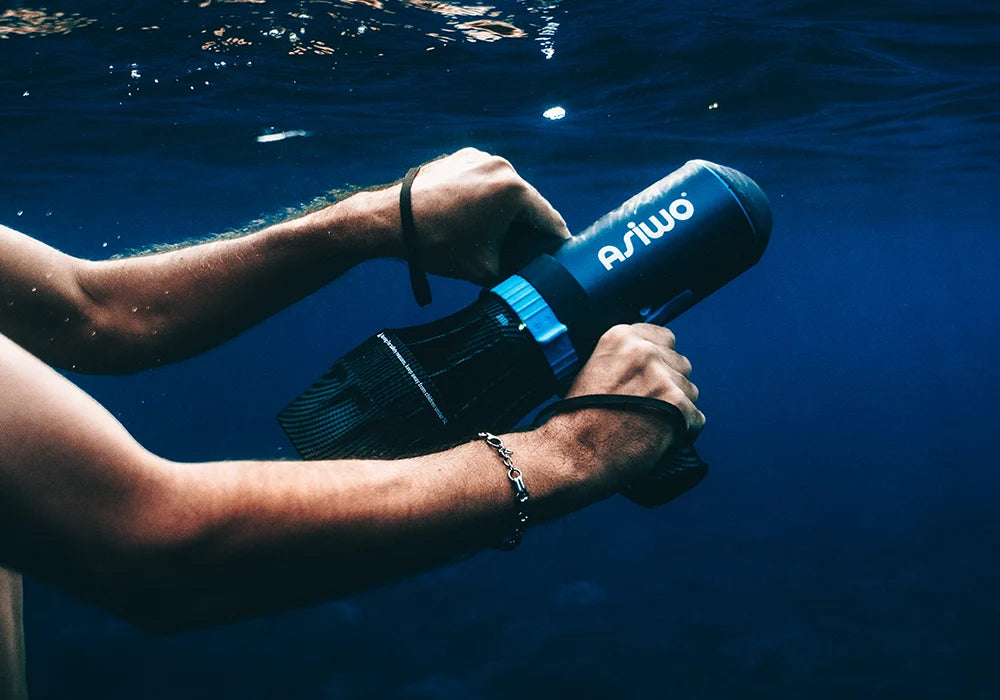




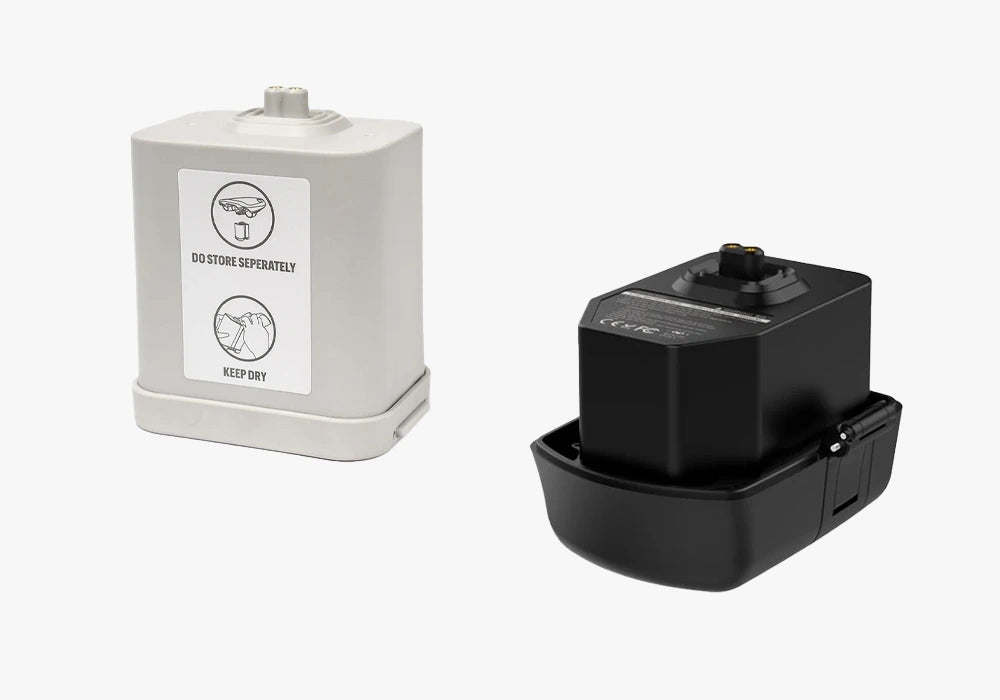




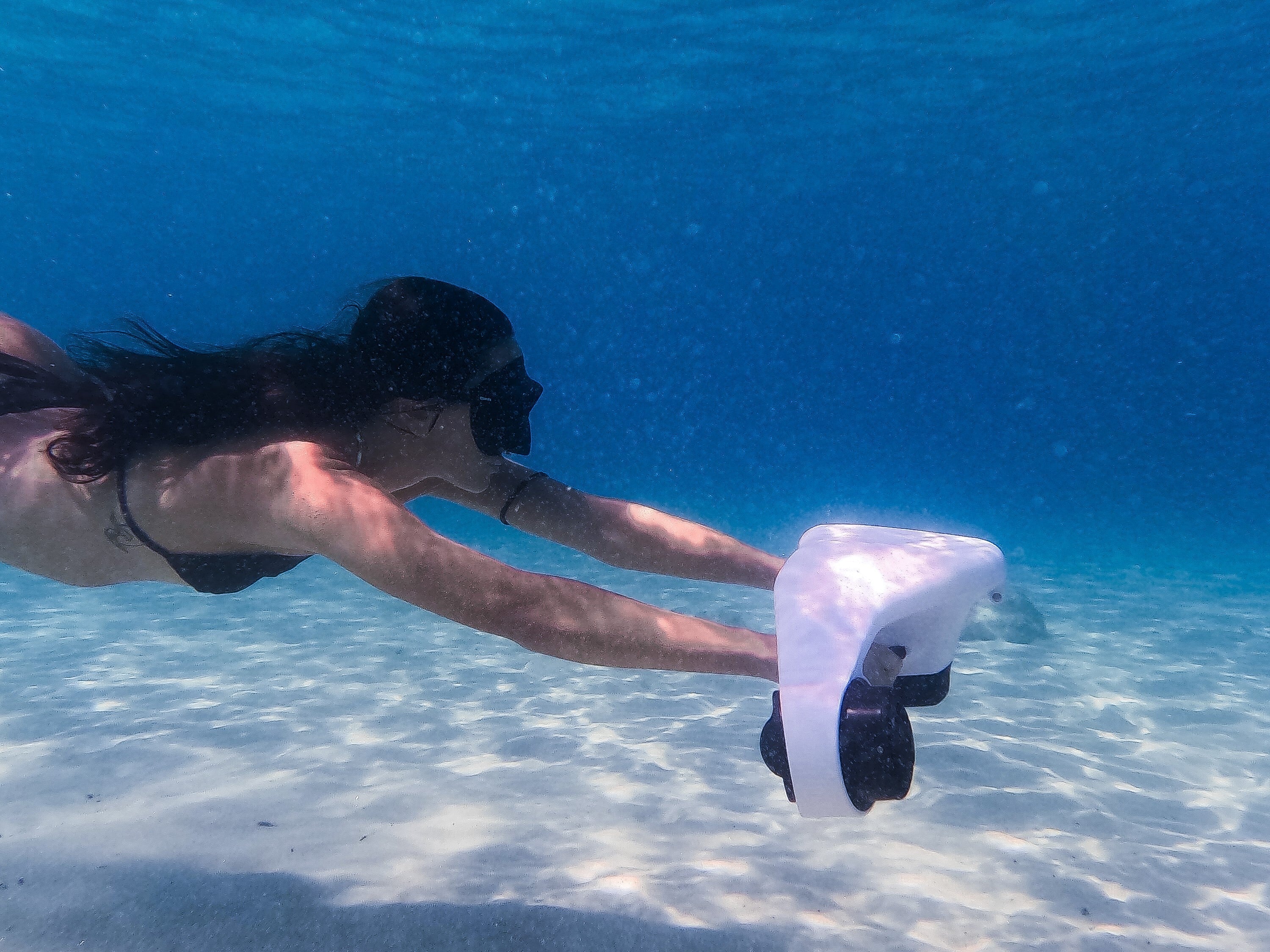
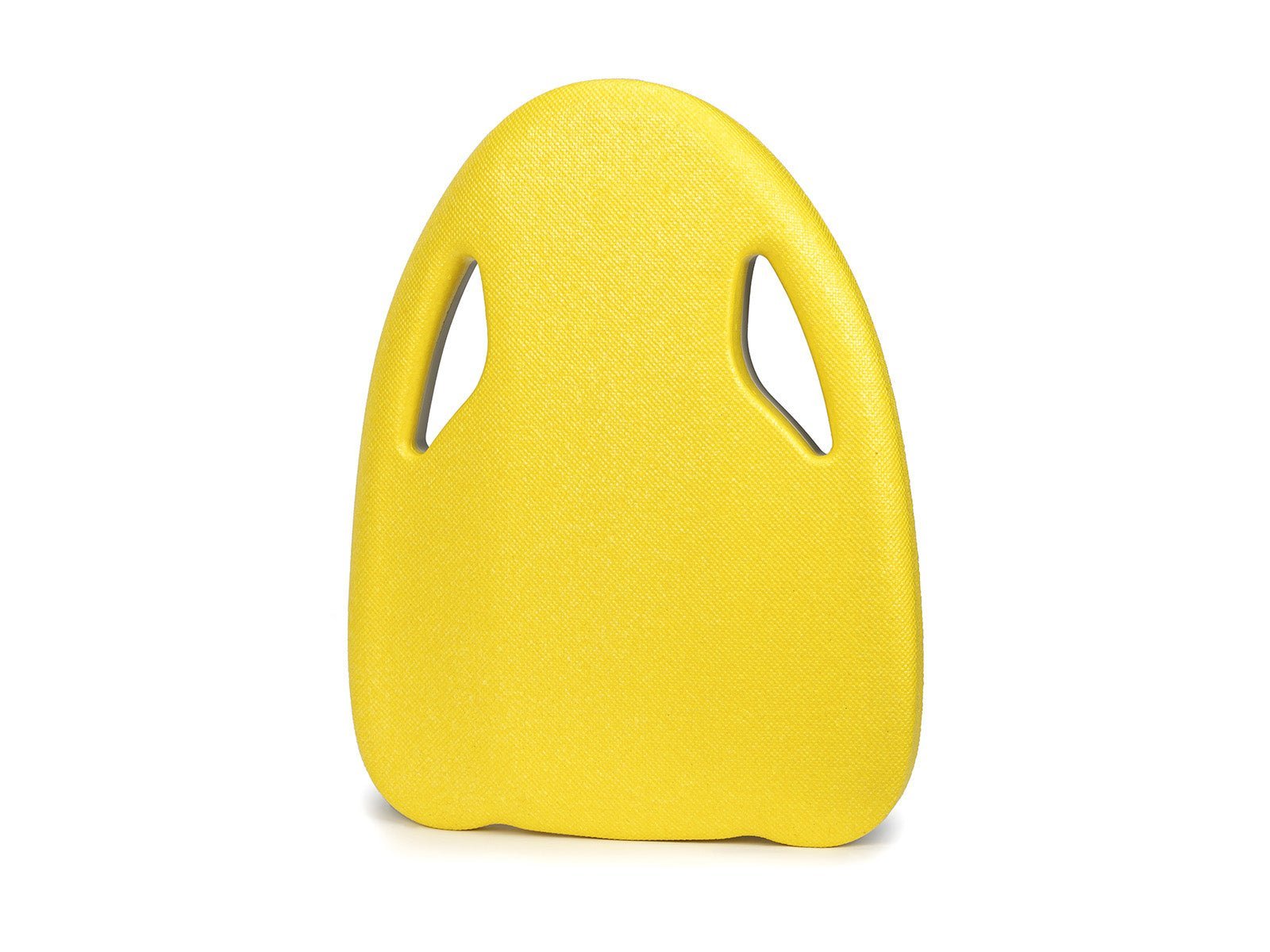
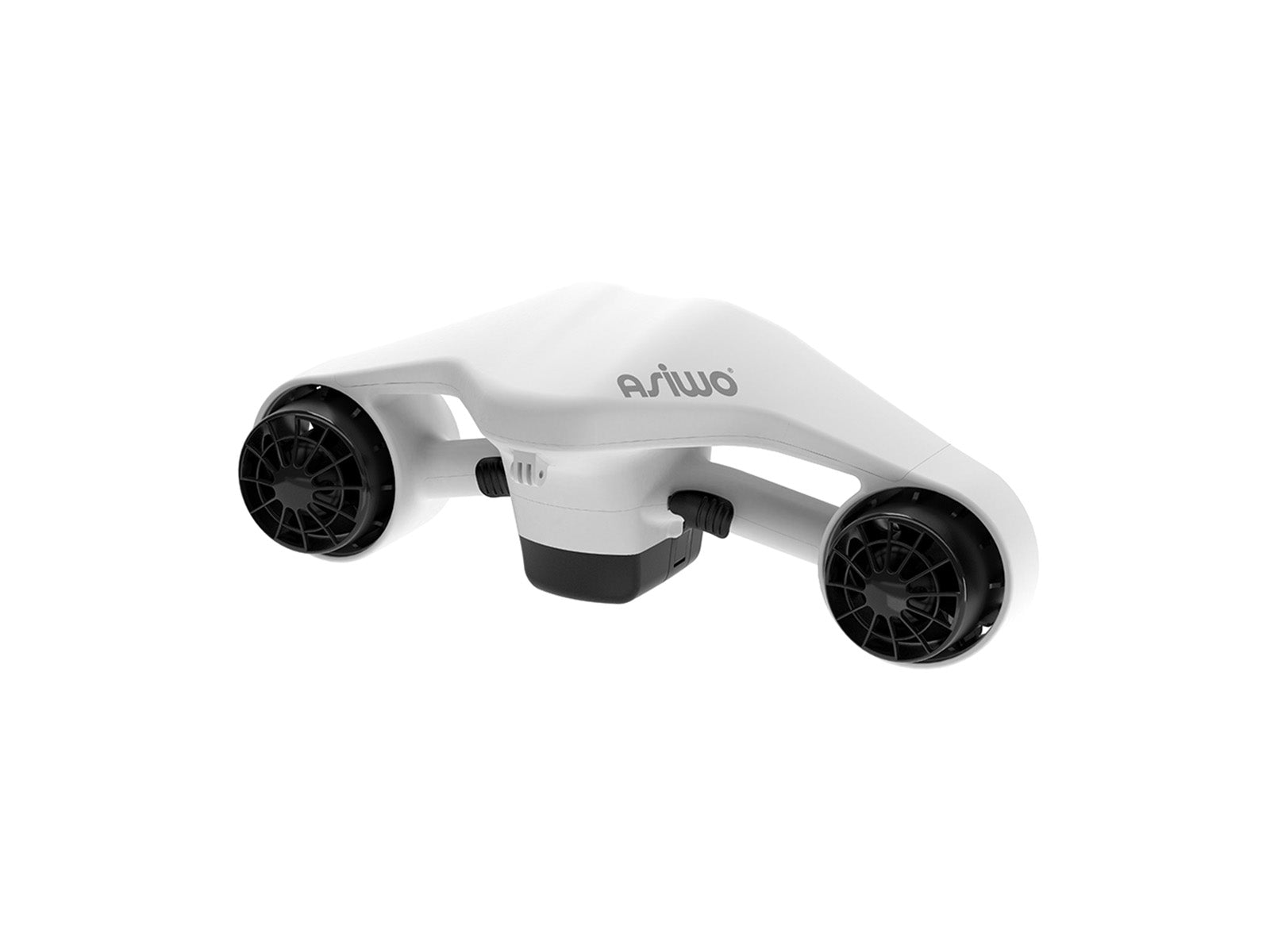
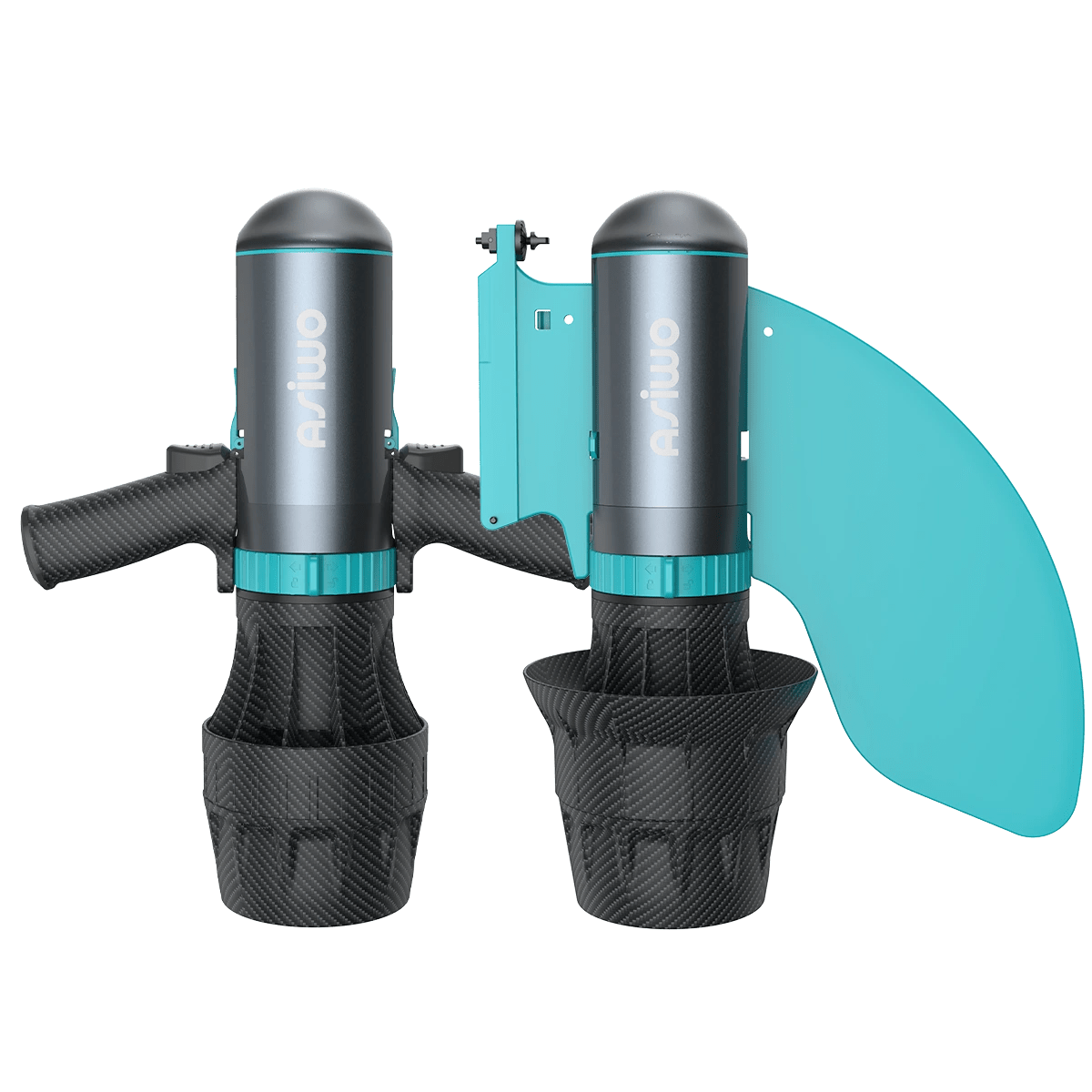




Hinterlassen Sie einen Kommentar